Motivation
The recent find of some good looking 3/4″ plywood was the swift kick I needed to get the ball rolling on a long dormant project. A few years ago I started down the road of building a Fender Bassman clone based on the 5F6 circuit. I was going to do this remotely with a friend. He would handle some electronics analysis for some mods we had in mind, and I would guide the mod selection and build the cabinet. I even went so far as to buy a chassis.
Unfortunately the project never went much further and the chassis sat in the corner of my room for a long time. Then, looking for a CAD project to practice on, I picked it up and got a sheet metal part about 80% done. It was a full box with one of the three faces completed with punched holes.
Getting Started
Knowing I had the chassis model nearly done I started to put together a model of the plywood cabinet. I’ve never had much luck modeling larger assemblies from the ground up and wanted to try something new. I had heard the term “top-down” in relation to CAD models and it seemed like the way to go.
Step one was to do a little research on Fender cabinets similar to what I had in mind. I wanted to skip the 4×10 configuration the Bassman is known for in favor of a much more portable and apartment friendly 1×12 combo. I used a few pictures and drawings of the 4×10 configuration to get an idea for the parts involved, then changed the baffle design and size to fit a single 12″ speaker.
Continue reading Bassman Amp Design – CAD Model →




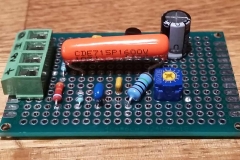
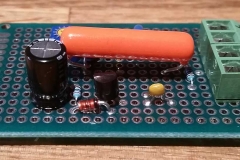
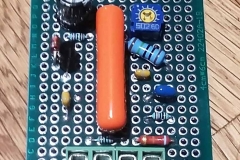
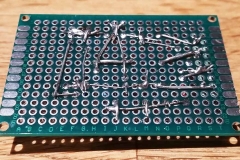
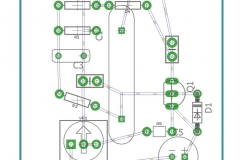
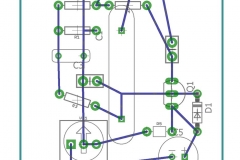






































































You must be logged in to post a comment.